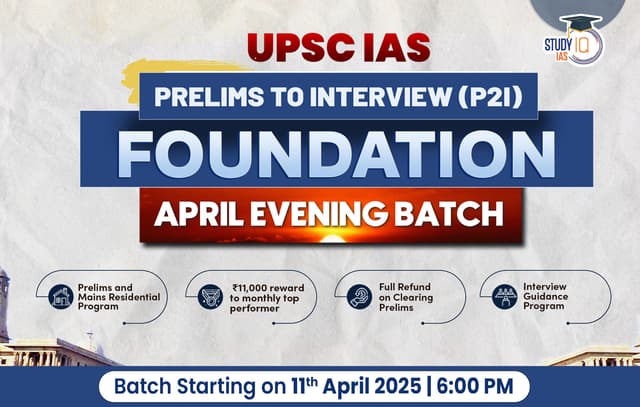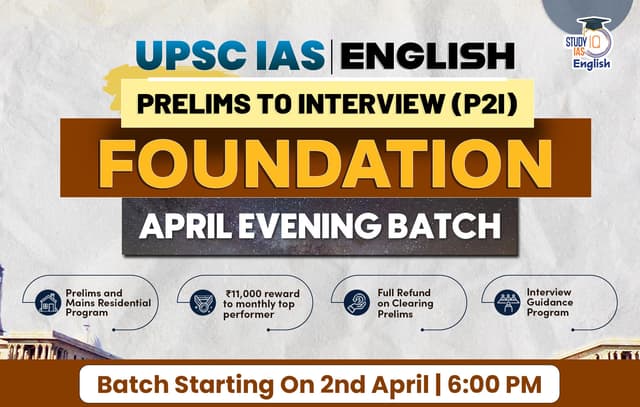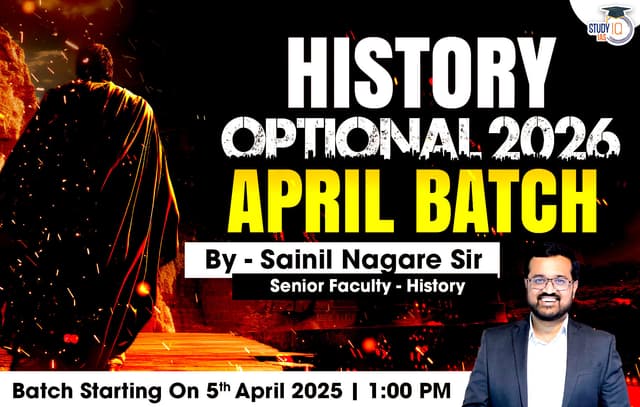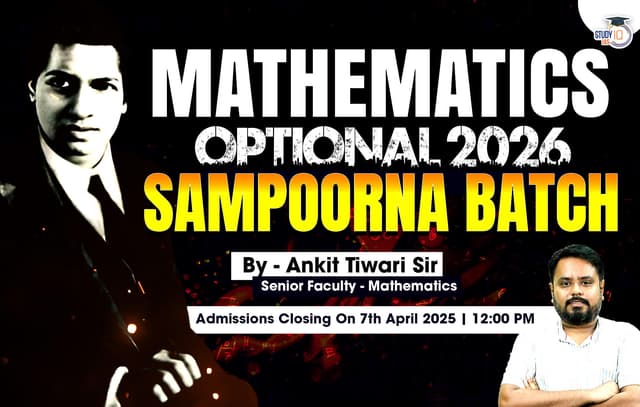Table of Contents
Context: The Supreme Court (SC) did not confirm a single death sentence for the second consecutive year in 2024.
Death Penalty and the “Rarest of Rare” Doctrine
- The Supreme Court (SC) in the Bachan Singh v. State of Punjab (1980) case established the principle that the death penalty should only be imposed in the “rarest of rare”
- The Court emphasized that death sentences should be imposed after considering both aggravating and mitigating circumstances surrounding the crime.
Aggravating Circumstances (Factors that may lead to the death penalty)
- Pre-planned murder: If the crime is carefully planned and executed with extreme brutality.
- Exceptional depravity: If the murder involves extraordinary cruelty.
- Murder of public servants: If the victim is a public servant or someone serving in the armed forces, and the crime occurs in the line of duty.
Mitigating Circumstances (Factors that may reduce the sentence)
- Extreme mental or emotional disturbance: If the accused was experiencing severe psychological distress during the crime.
- Age of the accused: Very young or old defendants may be exempt from the death penalty.
- Threat to society: Whether the accused poses an ongoing danger to society.
- Possibility of reform: If there is a reasonable expectation of the accused’s reform.
- Actions under duress: If the accused was compelled by others to commit the crime.
Evolving Interpretations of Mitigating and Aggravating Factors
Age as a Factor
- In previous rulings, like Ramnaresh and Ors v. State of Chhattisgarh (2012) and Ramesh v. State of Rajasthan (2011), the Supreme Court considered the young age of the accused (below 30) as a factor suggesting they could be reformed.
- In the RG Kar case, the accused is 35 years old, which is considered an age where reform is still possible, but not as a mitigating factor.
Nature of the Offence
- The SC has emphasized comparing the case at hand to others with similar offenses to determine the appropriateness of the death sentence.
- In Machhi Singh v. State of Punjab (1983), the Court considered the collective conscience of society to determine if a crime is shocking enough to warrant the death penalty.
Possibility of Reform
- In Bachan Singh, the Court emphasized that there should be clear evidence proving the accused is beyond reformation before imposing a death sentence.
Sentencing Procedure Reform (Manoj Case, 2022 & Other Judgments)
In Manoj & Others v. State of Madhya Pradesh (2022), the Supreme Court ruled that courts must consider reports on the accused’s background, including:
- Mental health evaluations.
- Jail conduct reports.
- Family and socio-economic background.
- Possibility of rehabilitation.
| Death Penalty Stats – 2024 |
|

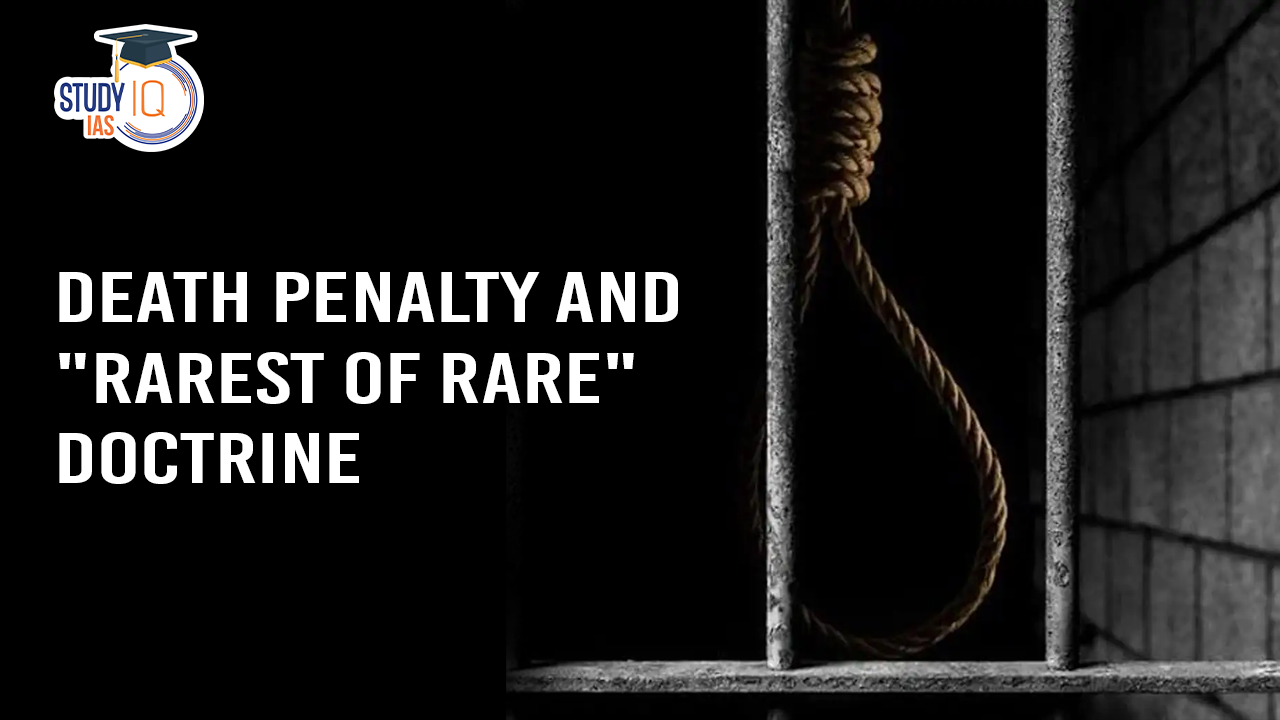
 Mechanisms to Combat Judicial Corruption...
Mechanisms to Combat Judicial Corruption...
 Registrar General and Census Commissione...
Registrar General and Census Commissione...
 Ambedkar Jayanti 2025: Biography, Legacy...
Ambedkar Jayanti 2025: Biography, Legacy...

